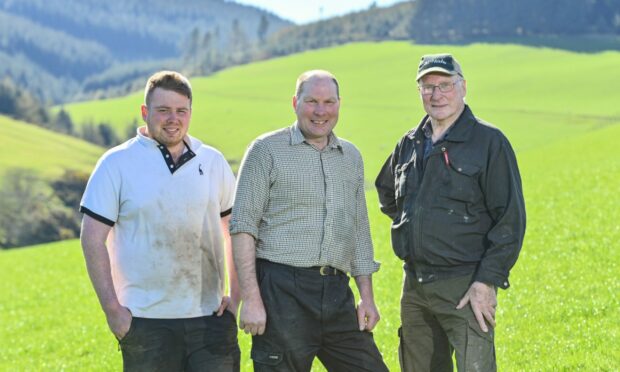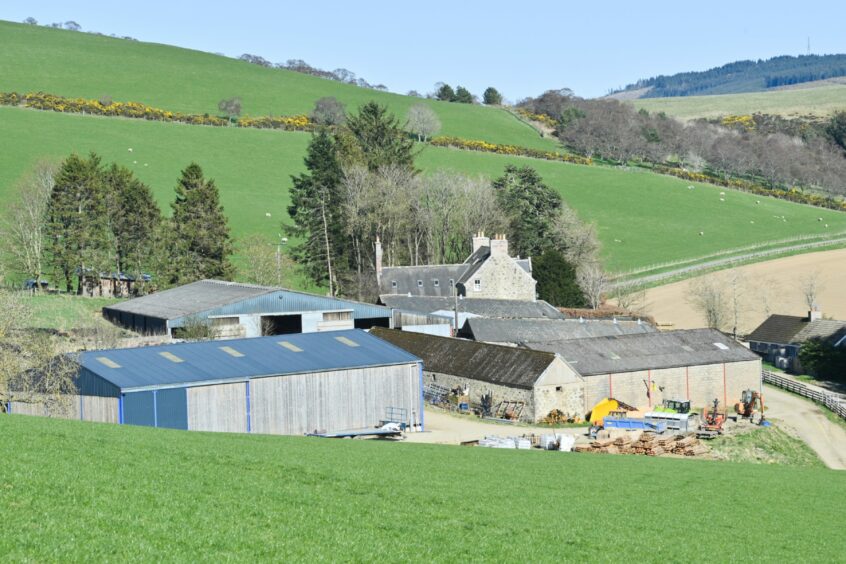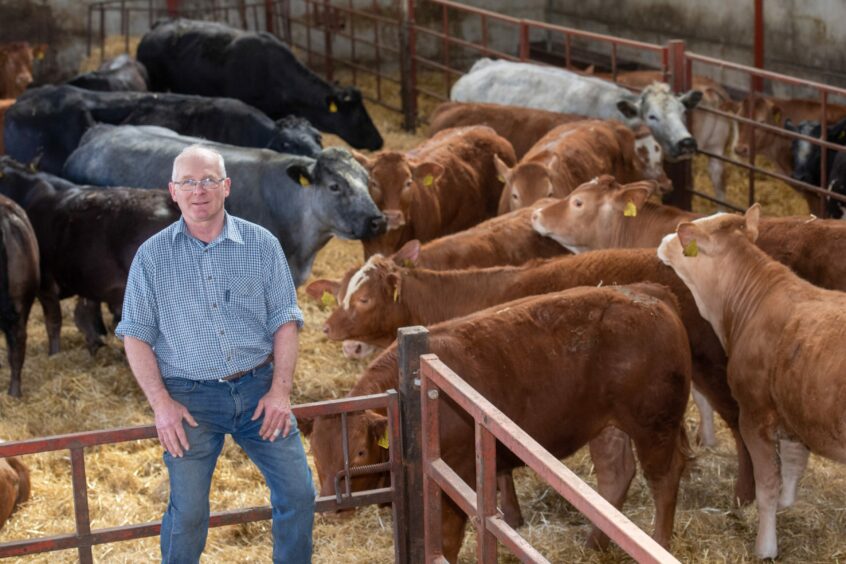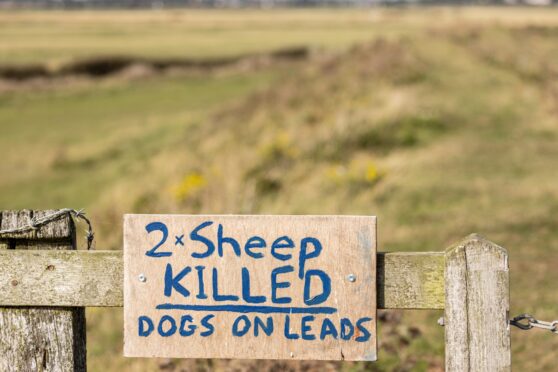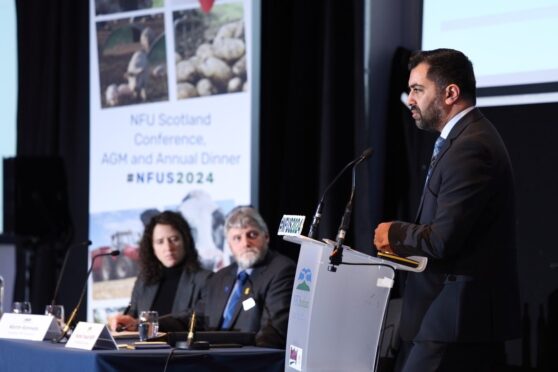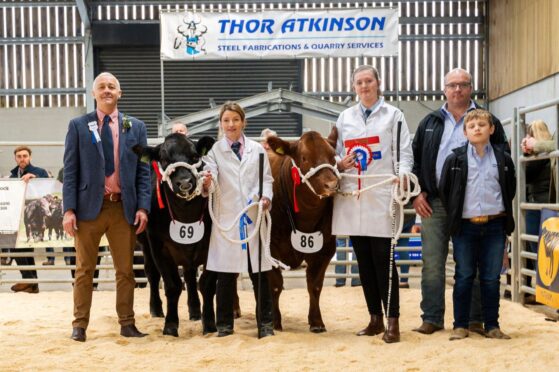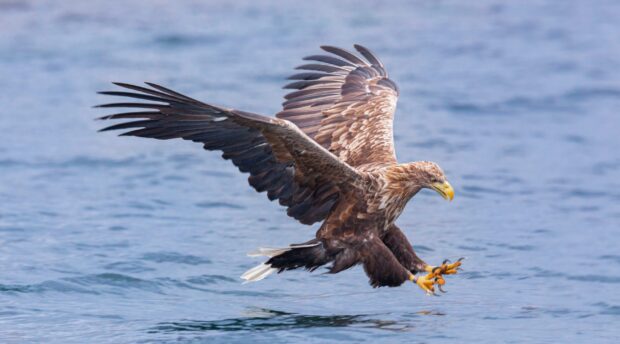Two Aberdeenshire farmers who were crowned the winners of the North of Scotland silage competition (Norgrass) have excelled in the Scottish finals.
The Bradley family from Tillyminate, Gartly, near Huntly, have stood overall in the bale section and John, Linda and Eric Sim of Rorandle, Monymusk, came runner up in the pit silage.
James Law, secretary of Norgrass, said it was a fantastic achievement that two farmers in the north-east had done so well when competing against other winners in Scotland’s east and west regions.
Alan Bradley farms with his parents Frank and Lynne, and his son James, on the 430-acre Tillyminate unit, farming an additional 370 acres nearby.
North of Scotland silage competition winners
This is the second year in succession that the Norgrass competition has been won by the Bradleys and they finished up runner up in the Scottish last year.
All of the land farmed is Less Favoured Area (LFA) and the steading sits at 750ft above sea level, with the ground ranging from 450ft to 1,000ft.
The family runs 80 suckler cows, 500 breeding ewes and fattens between 800 and 1,000 store lambs each year.
Cattle are finished and sold direct to Scotbeef, with lambs sold to Wooodhead Brothers, Turriff.
Around 200 ewe hoggs are retained each year for gimmers and the family sells Cheviot Mule ewe lambs at Huntly, where they topped at £180 per head last year.
This year’s winning silage at Tillyminate was second cut, having been mowed in the second week of July.
Alan said a second cut is taken early in time for buying store lambs at the end of August or beginning of September.
“We always aim to have fertiliser applied by the middle of April and cut grass at the beginning of June,” said Alan.
“This year’s first cut was taken on June 8. We don’t apply a lot of fertiliser in the second application and aim to cut four to five weeks after for the second go.
“Muck is applied to grass beforehand and we carry out a lot of soil sampling and apply a lot of lime.”
The Bradleys carry out the silage operation in house and only use produce bales.
“We like to get the grass as dry as possible because the drier it is, the more you can get in a bale,” added Alan.
Team effort
John and Linda Sim, together with son Eric, farm 440 acres of owned land and an additional 40 acres of rented land.
They have won an abundance of awards in the Norgrass and Scottish competitions over the years, and won the RNAS Good Farming Practice award in 2005.
The business includes 150 Simmental cross, Limousin cross and British Blue cross suckler cows which produce store cattle sold through Thainstone.
They also grow 100 acres of spring barley for malting and Eric does contract work, mainly ploughing, grass seed, lime and silage.
This year, the family’s reserve overall pit silage was cut on June 4 and then raked and lifted with the forage wagon two days later.
It’s a team effort as Eric mows, Linda works the rake and John is on the pit.
A second cut is taken at the beginning of August, with around 100 acres in the first cut put into the pit and 50 acres in the second cut thereafter.
Around 400 to 500 bales are produced from the rented grassland each year.
Weaned calves are put onto the aftermath prior to being sold at Thainstone in the back end.
“Our grass is let out in the winter for breeding ewes so once they are away by the middle of February, we give the fields a light covering of muck and apply fertiliser in April,” said John.
“We put the fertiliser on in two applications, with 10 days between and then aim to cut in June. Another application is put on prior to the second cut in August.”
In the Norgrass competition, judged by Jamie McIntyre, Cullerlie, Echt, runner up in the pit section went to the Martins from Garguston, Muir of Ord, and third went to Jim and Irene Fowlie, Adziel, Strichen.
Best new entrant was Kincraigie Farms, Lumphanan.
From the bale section, runner up went to Peter Robertson, Ednie Farms, St Fergus, with Murray Cooper, Mains of Thornton, Bourtie in third.
Duncan Morrison, Meikle Maldron, Torphins, won best new entrant.
SILAGE ANALYSIS
Rorandale: DM 286; ME 11.8; Crude protein 151%
Tillyminate: DM 791; ME 11.6; Crude protein 156%
